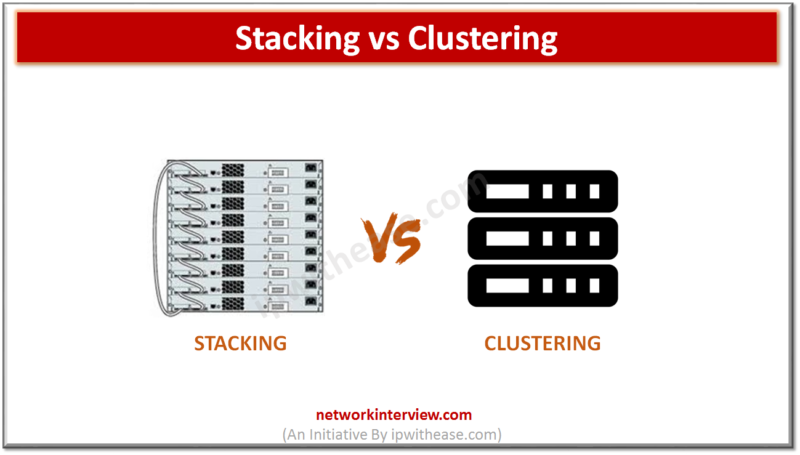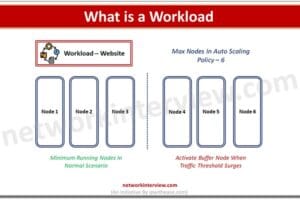
Stacking vs Clustering
Comparison Table: Stacking vs Clustering
Below table describes the difference between Stacking and Clustering technologies:
PARAMETER | STACKING | CLUSTERING |
| Philosophy | Stacking connects two or more (up to 9) switches through a stack cable to so that physically separate switches form one logical switch. The stack of switches will be managed as one and having one management IP address. Stacking connects the backplane of the switches thus having full backplane speed connectivity between the switches. | Clustering is a logical collection of switches independent without interconnecting stack cables, having single point of authentication and management with no physical boundary.
|
| Location | Limited to single wiring closet | Extends beyond wiring closet |
| Legacy system support | Legacy system not support | Legacy system supported |
| Stack members | Limited number of stack members | Upto 16 members in a switch cluster |
| Member categories | Switch members in stack can be categorized into – ·Master ·Slave | Switch members in cluster can be categorized into – ·Command switch ·Member switches ·Candidate switches |
| Design flexibility | No flexibility in stacking design | Admin chooses the cluster members |
| Scalability | Easily Scalable | Not easily scalable as compared to stacking |
| Management | Single IP address for management | It provides single virtual IP address for full cluster management and Web based management. |
| Price vs performance | Low entry price and high performance. | High entry price and less performance. |
| Administration complexity | Difficult to add/delete members and troubleshoot | Easy to configure and troubleshoot |
| Supported models | 3750X , 3850 ,2960X etc. | 2970, 3550, 3560, 3750, 4500 etc. |
SOURCE:https://ipwithease.com | ||
Continue Reading:
Tag:comparison



